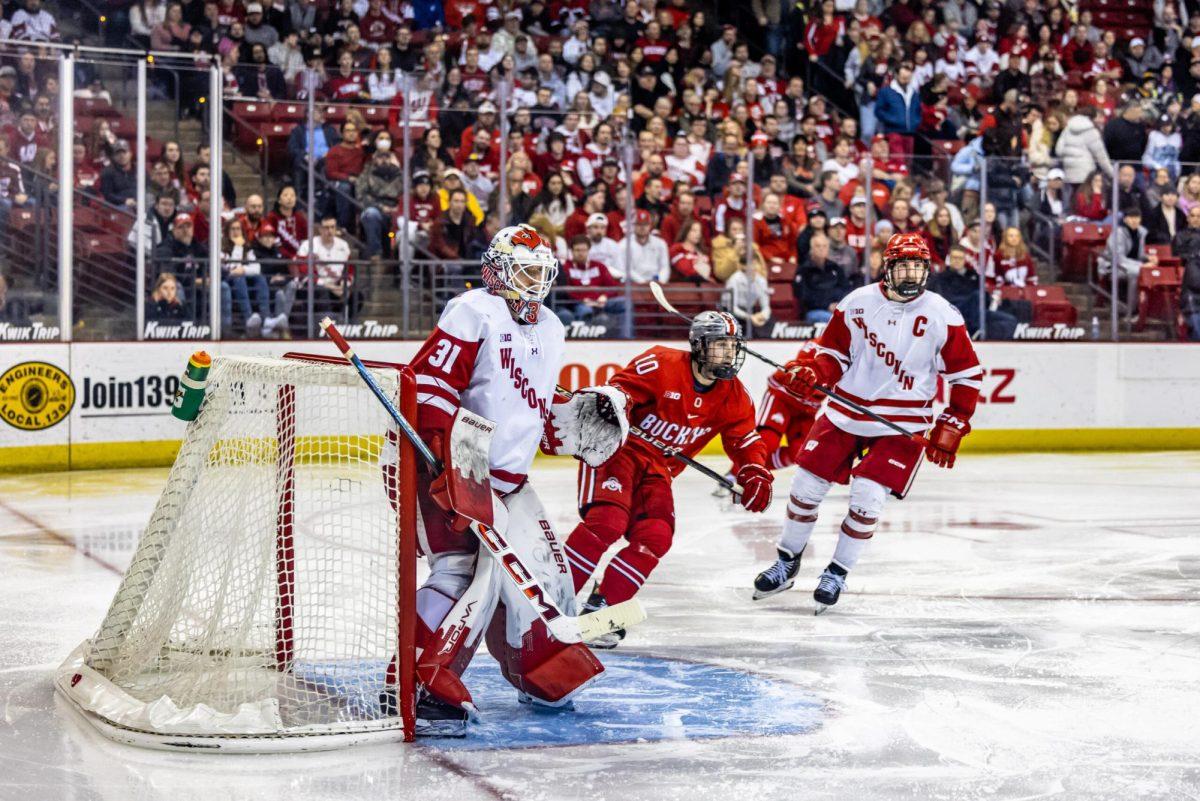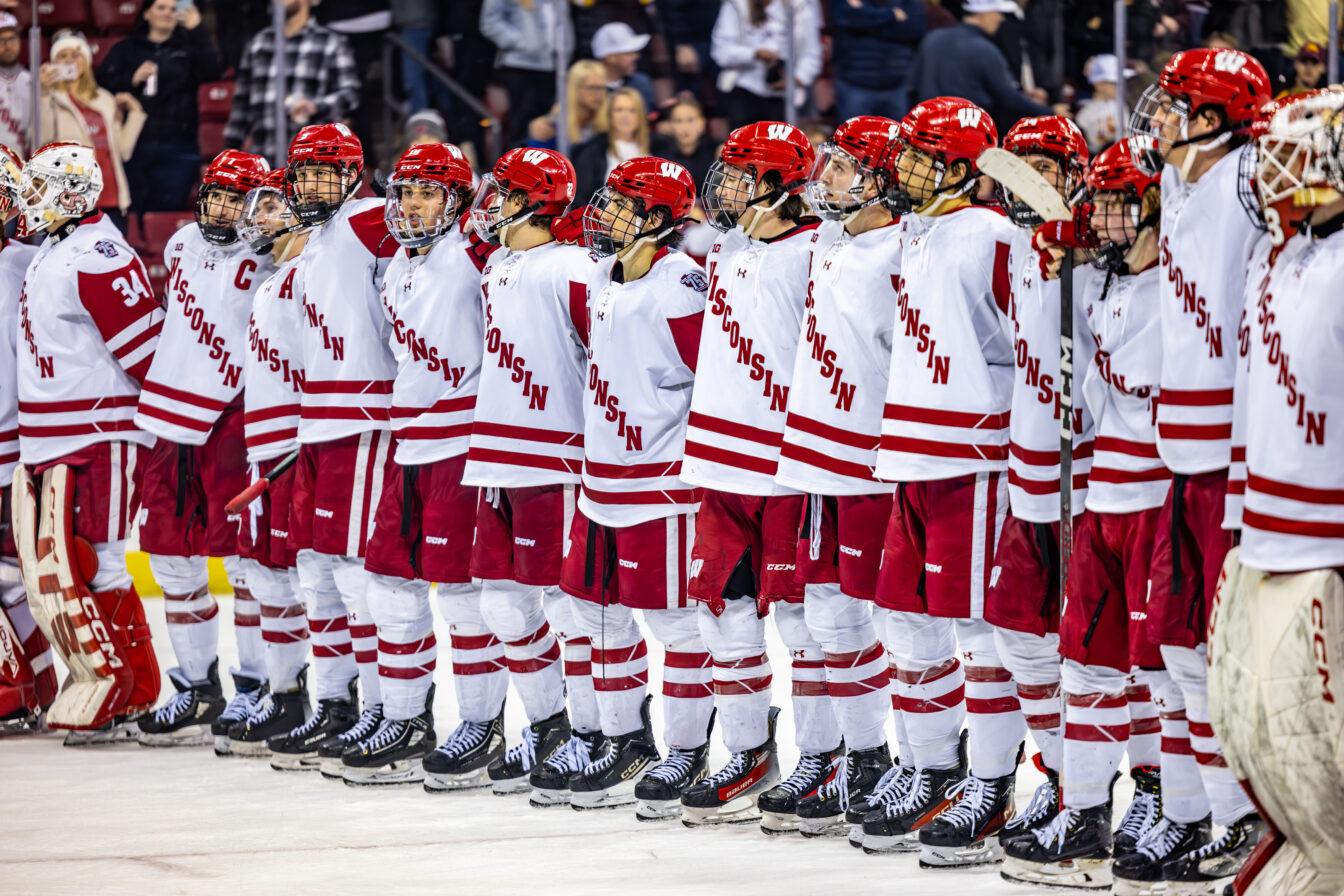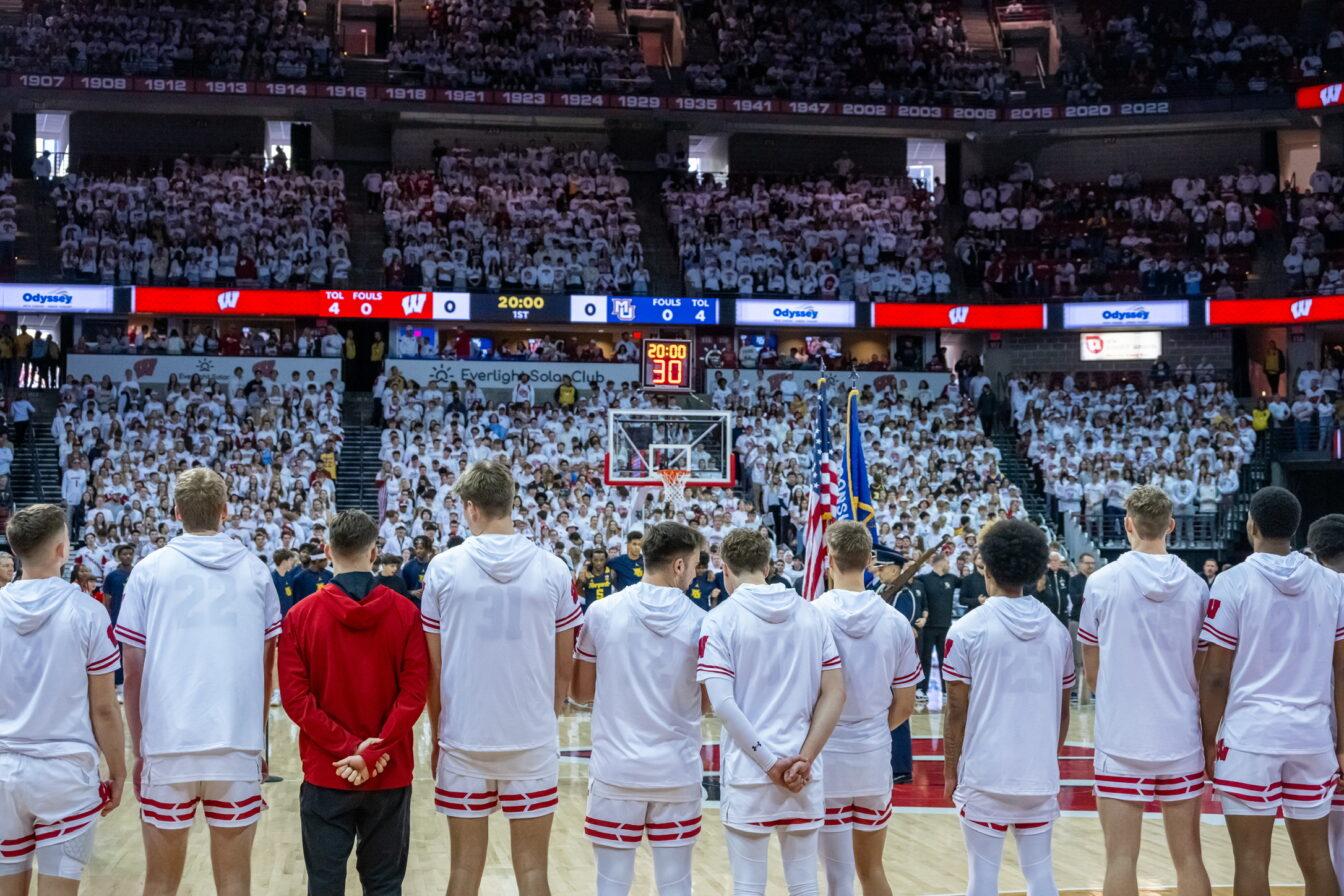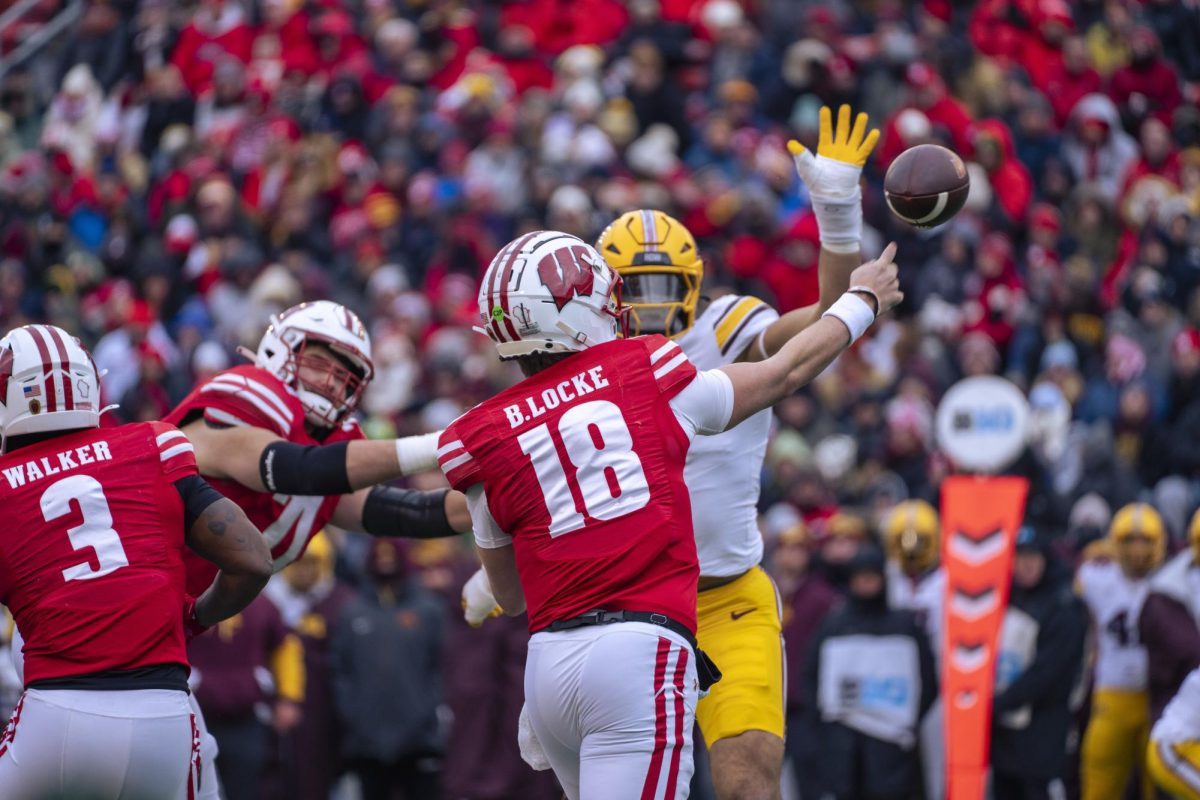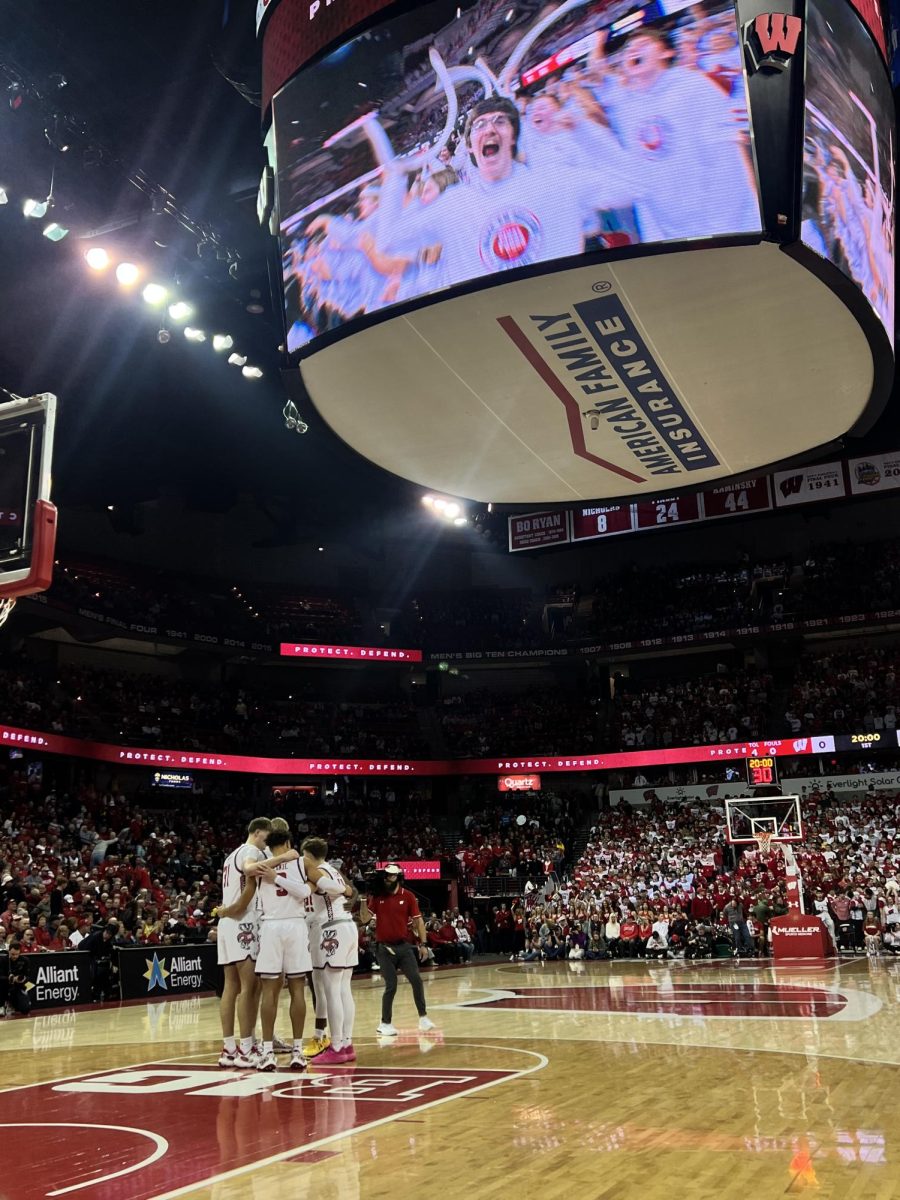There is a trend brewing in the Wisconsin men’s hockey program that recently stalled thanks to what could be seen as a curious decision by Justin Schultz.
Schultz, who just completed his sophomore season, became the third Badger defenseman in three years to collect an impressive array of awards. Starting with Jamie McBain in 2009 and continuing with Brendan Smith and Schultz in the following two seasons, all three players have done the following: Win a top individual award in the WCHA, be named a first-team All-American and first-team all-conference, rank first or second in the nation in scoring from the blueline and be named a top-10 finalist for the Hobey Baker Award, given annually to the top player in college hockey.
All three had their own individual wrinkles too. McBain was WCHA Player of the Year, while Schultz and Smith were named Defensive Player of the Year. Smith had the most points of the three in his big season, putting up 15 goals and 37 assists for 52 points and helping UW to the national title game. Schultz’s 18 goals were the most for a college defenseman since 2002. And there was his curious decision.
All that hardware and fanfare and Schultz decided this: He would stay for his junior season.
McBain, a second-round draft pick of the NHL’s Carolina Hurricanes, left after his junior season, saying he’d accomplished everything he wanted to at the NCAA level. Smith, a first-round choice of the Detroit Red Wings, did the same. A second-round draft pick of the NHL’s Anaheim Ducks, Schultz’s numbers and awards would have seemed to indicate he would make the jump to the professional ranks at season’s end. Plus, he accomplished his feats as a sophomore, while McBain and Schultz were juniors. It would seem to look like Schultz is on a faster track to professional stardom.
“Those awards, they’re great, I’m happy with them. If I were to leave based on getting those, I think it would be a big mistake,” Schultz said. “I know and coach knows I’m not physically ready yet for that next level.”
That next level: The National Hockey League. The NHL can pluck its young prospects from the college ranks more easily than any other major professional league, for one main reason.
They’re already drafted.
The NFL requires a player to be two full years removed from high school to be draft-eligible. NBA draft eligibility is contingent on the prospect being one full year removed from high school. If a player drafted by an MLB player decides to go to school, the team does not retain his rights and the player re-enters the draft pool the following year.
But for North American players, there is a small window of NHL draft eligibility. The player must be 18 years old by Sep. 15 of the draft year and no older than 20 by Dec. 31 of that year.
As a result, the majority of the most talented North American players intent on playing NCAA hockey have been drafted before they even sit down for their first class. This also means they’re more or less free to leave at any time they want, knowing that they already have a pro franchise committed to them.
“It just comes down to the organization that you sign with, whether they’re ready for you to make that transition, [if] they feel you’re ready,” McBain said in a phone interview. “Then also on a personal level, how you feel about where you’re at, both in your personal life and also with your hockey. You’ve got to weigh both options.”
The problem
There’s a balancing act in college hockey between attracting top talent and being able to use it to its fullest potential. Teams that want to compete consistently need the right mix of talent, timing and execution.
“It almost seems that if you’re going to be in that type of rotation where you’re able to attract top-end kids, this is what’s going to happen if you have a good team,” UW head coach Mike Eaves said. “The blessing of it is, you probably wouldn’t have a chance to get in that championship game unless you had those top-end kids. The downside is, they’re going to leave early.”
Since 2002 (and excluding the NHL lockout year of 2004-2005), 185 college hockey players have left school with eligibility remaining to sign with an NHL or AHL team. A small number of players left early to sign with a European team – UW’s Jordy Murray announced this week he is likely foregoing his senior season to play professionally in Switzerland – but those players are not counted for this story. In 2010, 36 underclassmen signed, the most since 2007.
Since Eaves became head coach at Wisconsin for the 2002-2003 season, he’s seen 12 underclassmen leave for the pros (13 if Murray goes), second in Division I only to Minnesota’s 19 in that time span. The WCHA, which includes traditional powerhouses like the aforementioned Badgers and Gophers, as well as Denver and North Dakota, was hit hardest in that span among Division I conferences. Eighty-one WCHA players left school early in those years, with the CCHA clocking in at a distant second with 43 early departures. Four of the five teams with the most defections in that span hail from the WCHA.
With all that talent, the WCHA would be expected to fare well in the national tournament. And while the conference has succeeded in that setting, it has been a mixed bag.
Since the NCAA tournament went to its current 16-team format in 2003, the WCHA has led all conferences in total bids in seven of nine years. Fourteen WCHA teams have made it to the Frozen Four in that span, but until Minnesota Duluth’s win in 2011, the conference hadn’t seen a national champion since 2006 when Wisconsin last won. The year before that featured an all-WCHA Frozen Four, with Denver defeating North Dakota for the title. WCHA teams won four straight titles from 2002-2005.
So what happened to change that?
The likely culprit is the NHL’s new collective bargaining agreement, put in place after the 2005 lockout. The CBA’s prominent feature was a salary cap.
“With the salary cap, the game has changed because of that,” Eaves said. “You look at most NHL teams now, if you take a look at their fourth-line players, those are kids they can afford to have up. They’re going to spend their money on their top-end guys.
“A lot of teams now are three-line teams and five defensemen. And they kind of fill in around the edges with these guys they can afford.”
In 2003, 10 players left early; in 2004, 18 players did so. In the post-NHL lockout years, the numbers of players to leave have looked like this: 25, 31, 27, 17, 36, 21.
Organizations are eager to call up young, cheap prospects to do the same things a much more expensive veteran could do.
Eaves realizes his top players are likely to leave early and understands sometimes they indeed need to move on in order to become better hockey players. But NHL teams are becoming more aggressive in encouraging picks to sign sooner. Eaves just wants to get three years out of them.
“Really, that’s our main concern; if we can get them to stay for three years, if they can be committed to college for three years – it used to be four years, but realistically, three years for us – we can live with that,” he said.
Check back tomorrow for the second part of this five-part series.
*The article originally read that the WCHA hadn’t won a national title since 2005, which is false. Wisconsin won the 2006 national title. We regret the error.



